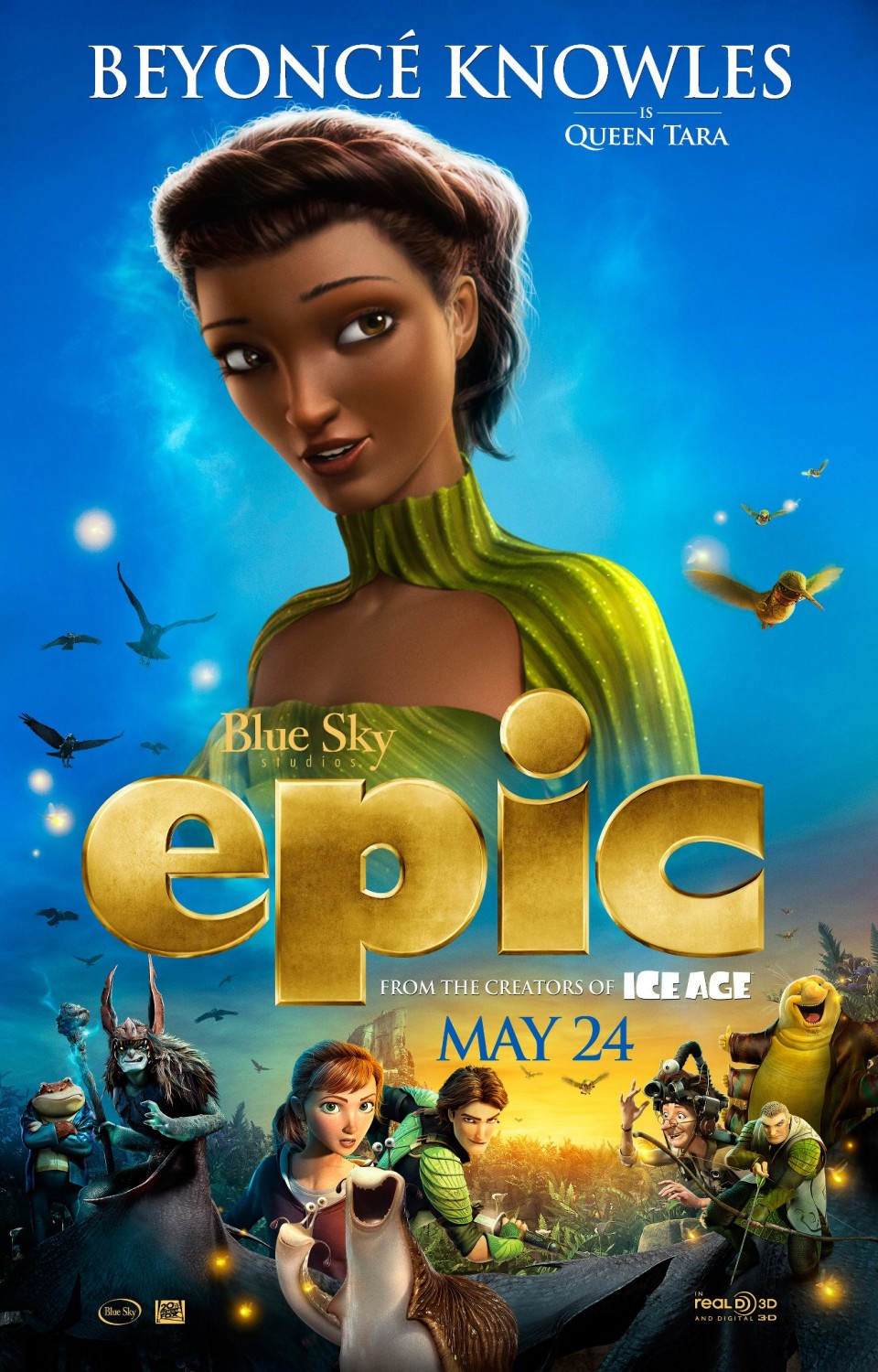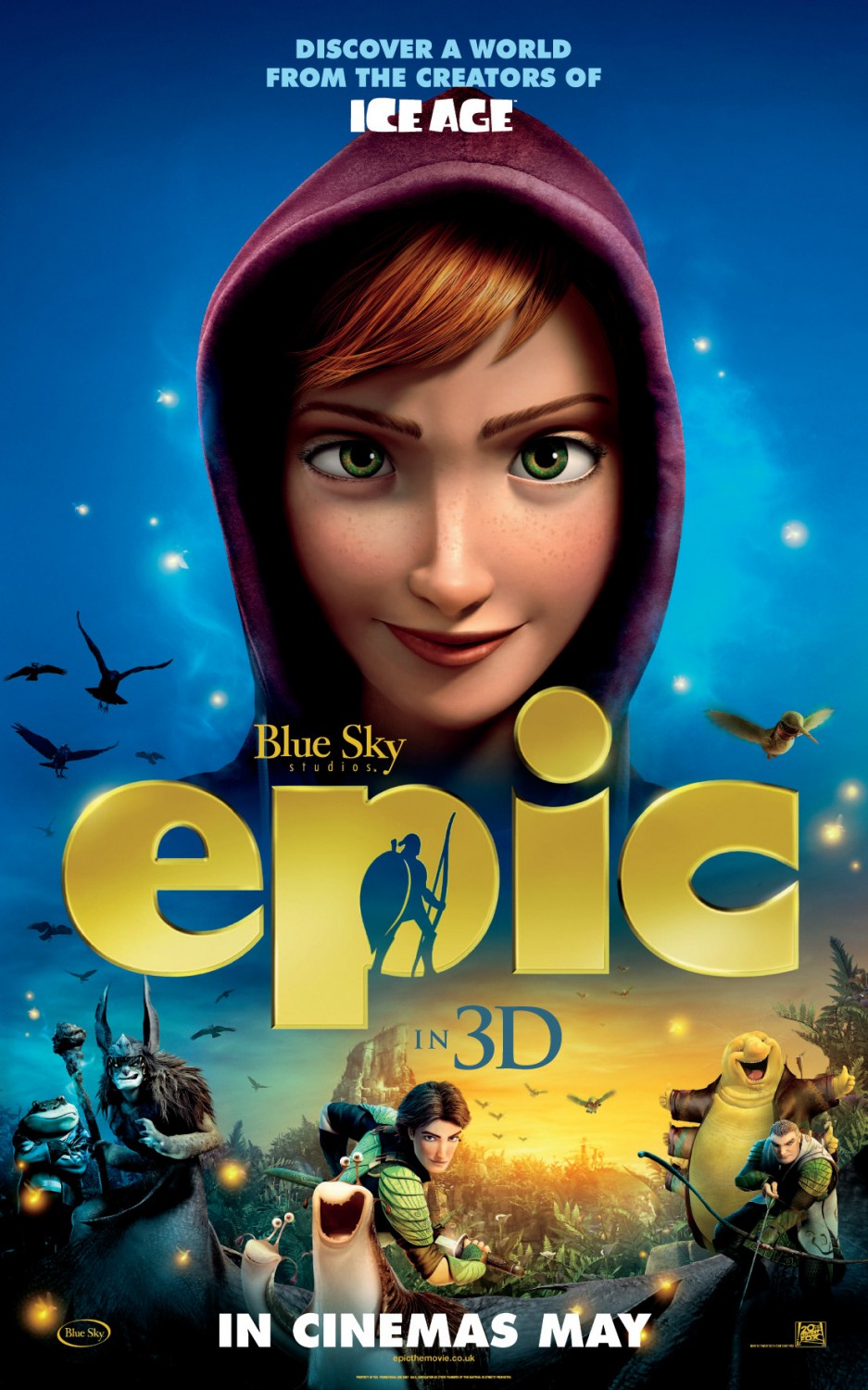

Compare that to ‘ Gods and Generals’, which came out in 2003– Ronald F. Consider the very first entry–’The Birth of a Nation’. Historians have the privilege of regarding the past as a mere accumulation of happenings, but the historical epic must tell a story, weaving a narrative around sympathetic protagonists to do so–the genre is subsequently prone to facilitating propaganda. Of course, I don’t deign to establish a causal link between the social conditions of the time and the decline of the historical epic’s popularity–but it’s very tempting to speculate.

The popularity of historical epics would sharply decline from the ‘70s onward, displaced by the grittier realism of New Hollywood directors and the cynical angst surrounding Vietnam and the Cold War. ‘Lawrence of Arabia’s languid pace and breadth of movement is a direct result of the massive format–quicker cuts and movement would be literally nauseating to theater audiences. It’s worth it to mention his usage of special spherical lenses and 70mm film, marketed as Super Panavision 70–he wasn’t the first to use it (that honor goes to ‘ The Big Fisherman’, a lesser-known religious historical drama about the life of Peter the Apostle ), but Lean used it better. Subscribe to Hollywood Insider’s YouTube Channel, by clicking here.ĭirector David Lean ( ‘Lawrence of Arabia’, ‘Doctor Zhivago’, and also ‘ The Bridge on the River Kwai’ ) was a giant of the era whose wide shots of the Arabian desert remain the definition of an epic landscape. Related article: MUST WATCH – Hollywood Insider’s CEO Pritan Ambroase’s Love Letter to Black Lives Matter – VIDEO Religious epics like ‘Ben-Hur’ and ‘ The Ten Commandments ’ preceded the ‘60s boom of epic historical dramas like ‘Spartacus’, ‘Lawrence of Arabia’, ‘Cleopatra’, and ‘Doctor Zhivago ’–this was the first golden age. In short, the “historical epic” is aptly named–it overlaps with a number of subgenres, but you know it when you see it. The famous chariot race scene in ‘Ben-Hur’ required 15,000 extras and an 18-acre backlot, but none of that compares to the 300,000 extras who attended Gandhi’s funeral–in which movie, you can probably guess. The industry quickly scaled up–’Gone with the Wind’ famously exhausted the Screen Actors Guild’s 1500 members to play dead and wounded Confederate soldiers, bolstering that even further with 1000 dummies. Let’s not tiptoe around the fact ‘The Birth of a Nation’ is unabashedly racist KKK propaganda, and also understand that like-minded individuals have only learned to be more discreet over time–that out of the way, it was the first 12-reel film ever made, meaning it was the first film to clock in at three hours of runtime, and it was the first film to employ hundreds of extras for a battle sequence. If that isn’t as Old Hollywood as it gets, we can go back even further–’ The Birth of a Nation ’. The historical epic has always been the biggest of show biz–consider ‘Gone with the Wind’, famously the highest-grossing film in history (adjusted for inflation) and the most expensive to produce at the time (though possibly losing out to the $4 million 1925 ‘Ben-Hur’). Related article: A Tribute to Cannes Film Festival: A Celebration of Cinema, Glamour, and Humanity | Statement From Hollywood Insider’s CEO Pritan Ambroase Historical Epic Movies You may wonder if ‘The Passion of the Christ’ truly belongs here, but the religious and historical are so closely entwined that I might as well conflate them here–is ‘ Ben-Hur ’ (any version) but one or the other? What about ‘ The Mission ’, or ‘Silence’ ? If you were alive in the ‘00s, you must remember the cavalcade of historical epics whose sepia-toned posters were mainstays of the cinema walls– ’Gladiator’, ‘Troy’, ‘300’, ‘Apocalypto’, ‘Kingdom of Heaven’, ‘ The Passion of the Christ’, ‘The Last Samurai’, ‘ Master and Commander: The Far Side of the World ’–the list goes on. Photo/Video: Historical Epic Movies/ Hollywood Insider YouTube Channel


 0 kommentar(er)
0 kommentar(er)
